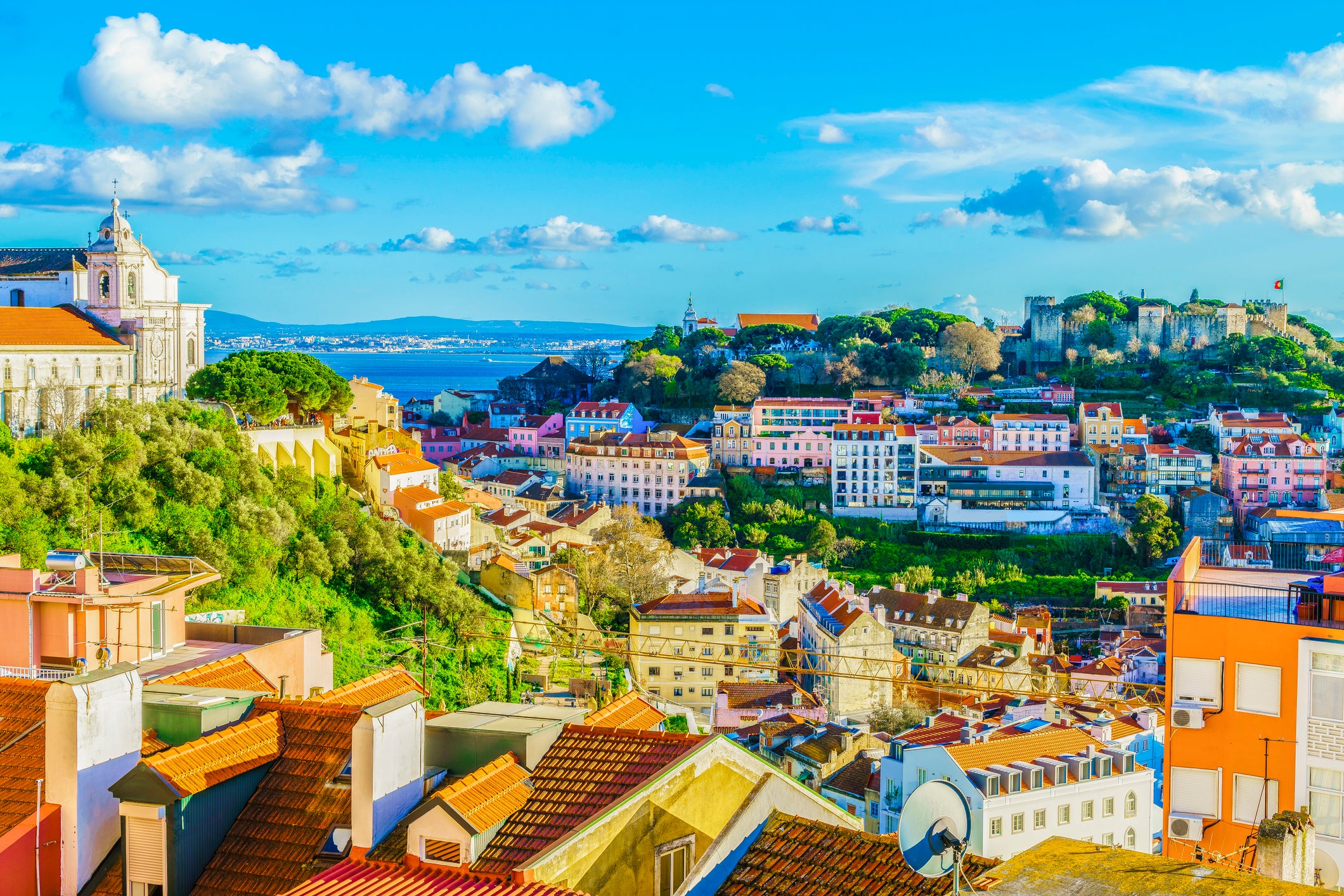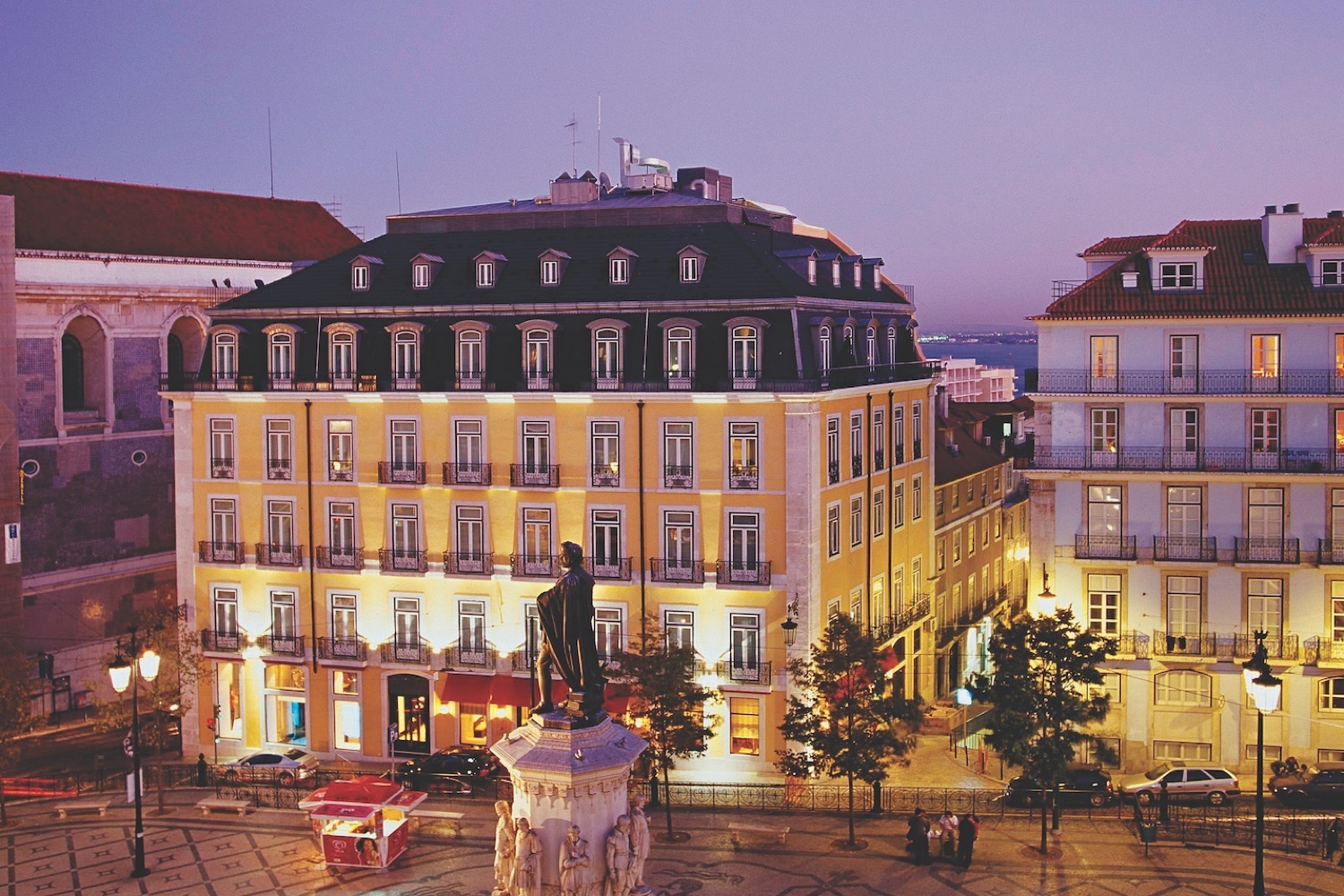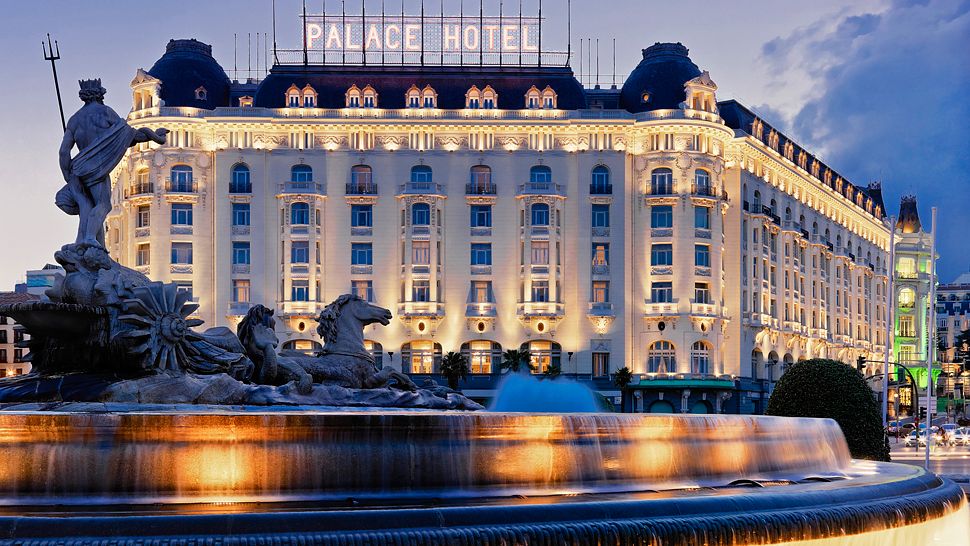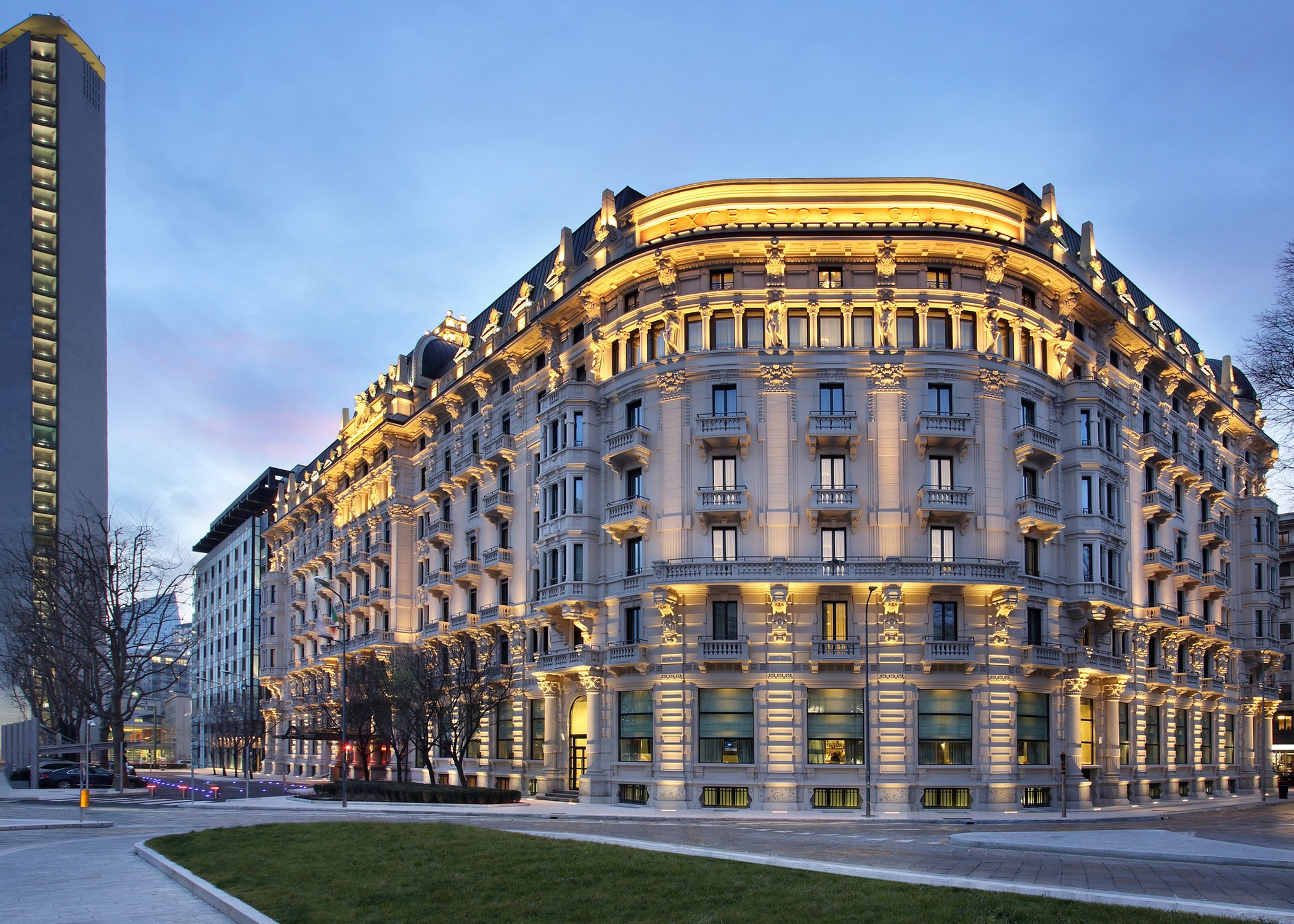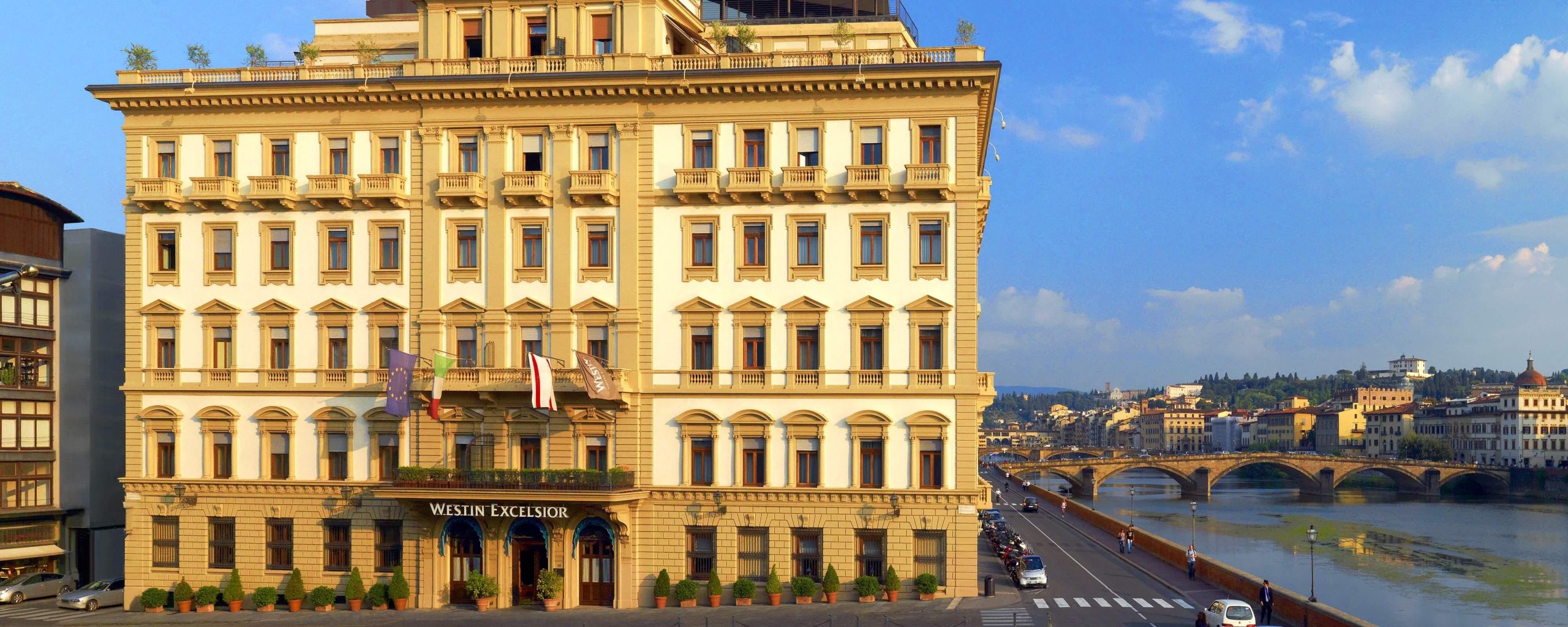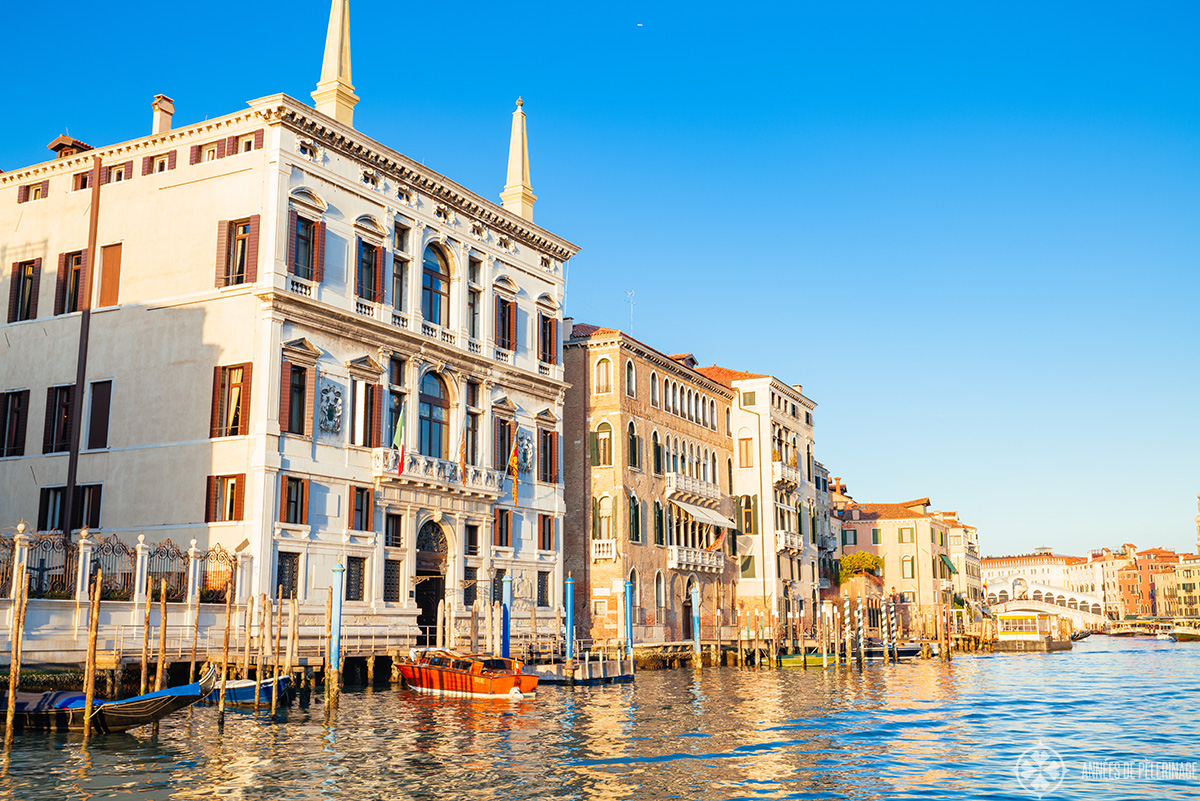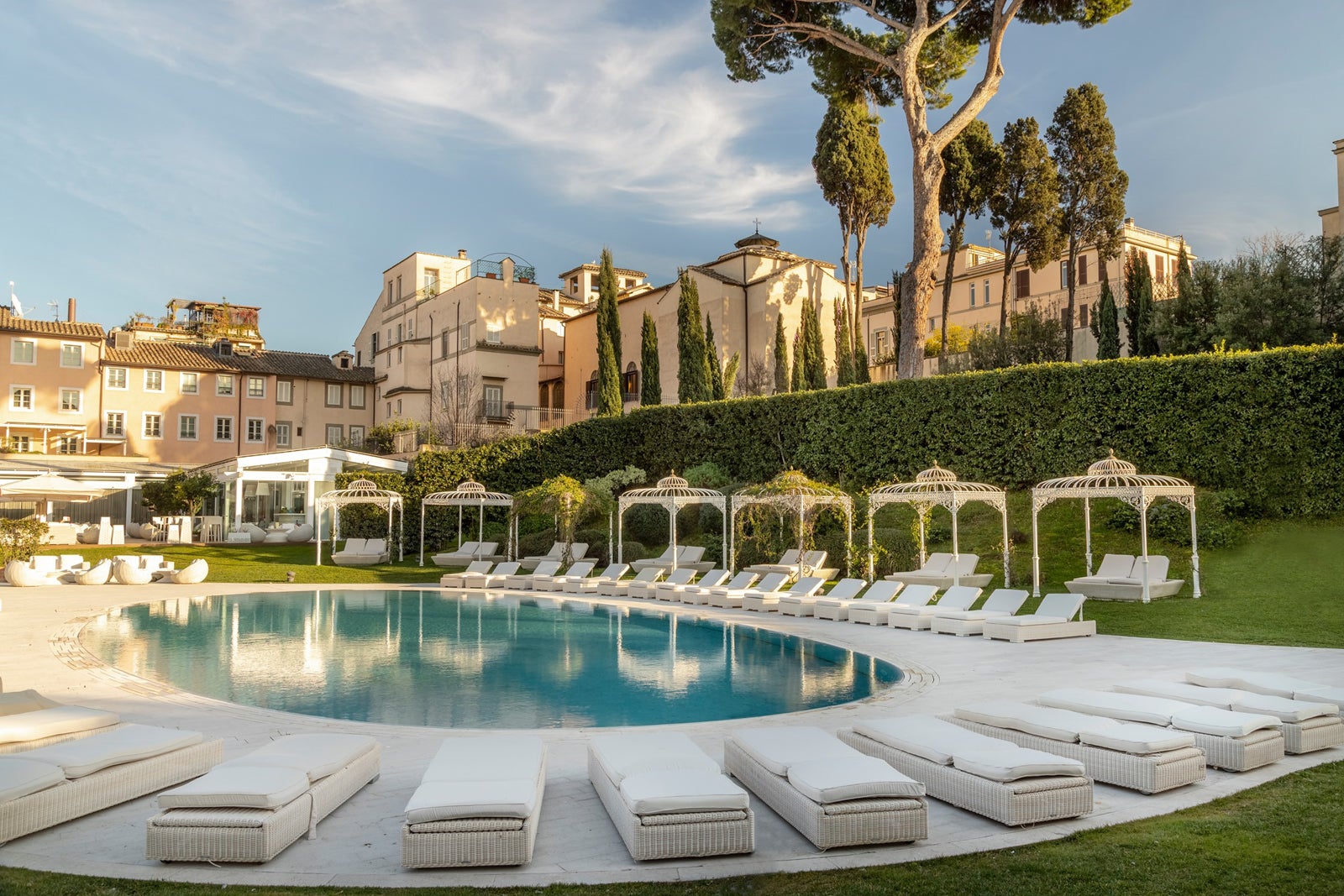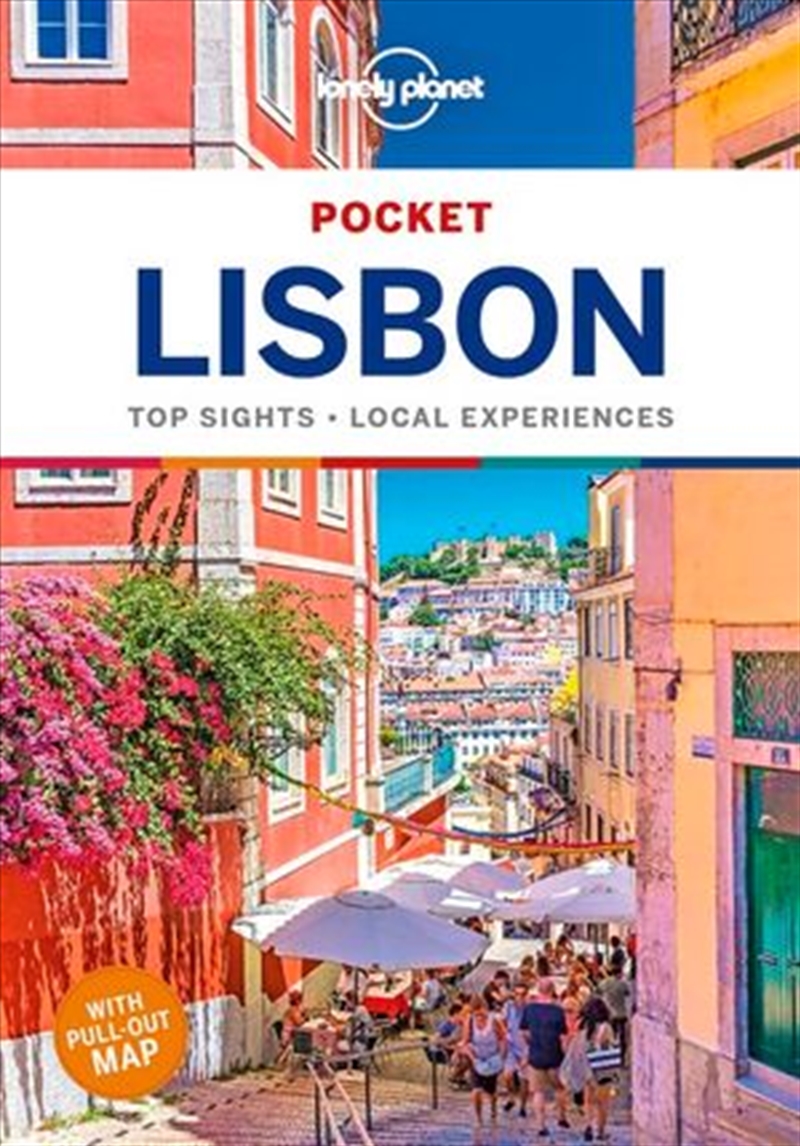
Lisbon, the vibrant capital of Portugal, is a city that effortlessly blends the old with the new. Its seven hills cascade down to the Tagus River, creating a stunning tapestry of red-tiled roofs, historical landmarks, and vibrant neighborhoods. More than just a pretty face, Lisbon boasts a rich and complex history, a thriving culinary scene, and a warm, welcoming atmosphere that will capture your heart. This guide will help you navigate the city’s captivating labyrinth and uncover its many treasures.
A Journey Through Time: Lisbon’s Rich History
Lisbon’s story stretches back millennia, long before Portugal even existed. Its strategic location on the Tagus River made it a desirable settlement for various civilizations.
Related Articles about Lisbon: A City Steeped in History, Bathed in Sunlight, and Bursting with Charm:
- Germany: A Journey Through History, Culture, and Fairytale Landscapes
- Chicago’s Grand Dames and Modern Marvels: A Connoisseur’s Guide to the City’s Top Hotels
- Austria’s Enduring Charm: A Grand Tour of Its Best Tourist Attractions
- South Africa: A Tapestry of Wonders – Unveiling its Best Tourist Attractions
- Croatia: A Timeless Tapestry of Sun-Kissed Islands, Ancient Cities, and Azure Waters
-
Early Beginnings: The Phoenicians are believed to have established a trading post here around 1200 BC, calling it "Olissipo." The Romans arrived in the 2nd century BC and transformed it into a thriving municipality known as "Felicitas Julia Olissipo." Roman influence is still visible in remnants of ancient structures and archaeological sites.
-
Moorish Rule: In the 8th century AD, the Moors conquered Lisbon and renamed it "Al-Ushbuna." They ruled for over 400 years, leaving a significant mark on the city’s architecture, culture, and even its language. The Alfama district, with its narrow, winding streets, is a testament to this period.
-
The Reconquista: In 1147, Afonso Henriques, the first King of Portugal, captured Lisbon from the Moors, marking a pivotal moment in the country’s history. Lisbon became the capital in 1255, solidifying its position as the political and economic center of Portugal.
-
The Age of Discoveries: The 15th and 16th centuries saw Lisbon flourish as the epicenter of the Portuguese Empire. Explorers like Vasco da Gama and Ferdinand Magellan set sail from its shores, bringing back immense wealth and transforming the city into a global hub. This era left an indelible mark on Lisbon’s architecture, exemplified by the Jerónimos Monastery and the Belém Tower.
-
The Great Earthquake: The devastating earthquake of 1755, followed by a tsunami and fires, nearly destroyed Lisbon. The city was rebuilt under the direction of the Marquis of Pombal, who implemented innovative urban planning principles, resulting in the elegant, grid-like layout of the Baixa district.
-
Modern Lisbon: Throughout the 20th century, Lisbon experienced periods of dictatorship and revolution before finally embracing democracy in 1974. Today, Lisbon is a modern, cosmopolitan city that embraces its past while looking towards the future.
Unveiling the Treasures: Lisbon’s Main Attractions
Lisbon is a city brimming with attractions, from historical landmarks to vibrant neighborhoods. Here are some of the must-see sights:
-
Belém Tower (Torre de Belém): This UNESCO World Heritage Site is a fortified tower that once guarded the entrance to the Tagus River. Its intricate Manueline architecture and stunning riverside location make it a truly iconic landmark.
-
Jerónimos Monastery (Mosteiro dos Jerónimos): Another UNESCO World Heritage Site, the Jerónimos Monastery is a magnificent example of Manueline architecture. Built to commemorate Vasco da Gama’s voyage to India, it is a symbol of Portugal’s Age of Discoveries.
-
São Jorge Castle (Castelo de São Jorge): Perched atop Lisbon’s highest hill, São Jorge Castle offers panoramic views of the city and the Tagus River. Explore its ancient walls, towers, and archaeological site to delve into Lisbon’s history.
-
Alfama District: Lose yourself in the labyrinthine streets of Alfama, Lisbon’s oldest district. This charming neighborhood is known for its traditional Fado houses, colorful buildings, and stunning views.
-
Baixa District: Rebuilt after the 1755 earthquake, the Baixa district is characterized by its elegant, grid-like layout and grand squares, such as Praça do Comércio and Rossio Square.
-
Chiado District: This stylish district is known for its theaters, bookstores, cafes, and shops. It’s a great place to soak up the city’s cultural atmosphere.
-
Tram 28: Take a ride on the iconic Tram 28, which winds its way through the narrow streets of Alfama and Graça, offering a unique perspective of the city.
-
Oceanário de Lisboa: One of the largest aquariums in Europe, the Oceanário de Lisboa showcases a diverse range of marine life from around the world.
-
LX Factory: A former industrial complex transformed into a creative hub, LX Factory is home to trendy shops, restaurants, bars, and art installations.
-
National Tile Museum (Museu Nacional do Azulejo): Discover the art of Portuguese tilework at this fascinating museum, which showcases a vast collection of azulejos from the 15th century to the present day.
Navigating the City: Travel Tips for Lisbon
-
Best Time to Visit: The best time to visit Lisbon is during the shoulder seasons (April-May and September-October). The weather is pleasant, the crowds are smaller, and prices are generally lower. Summer (June-August) can be hot and crowded, while winter (November-March) can be rainy.
-
Getting Around: Lisbon has a well-developed public transportation system, including metro, buses, trams, and funiculars. The Lisboa Card provides unlimited access to public transportation and free entry to many attractions. Walking is also a great way to explore the city, especially in the historic districts.
-
Language: Portuguese is the official language. While many locals speak English, learning a few basic Portuguese phrases will be appreciated.
-
Currency: The currency is the Euro (€). Credit cards are widely accepted, but it’s always a good idea to have some cash on hand for smaller establishments.
-
Safety: Lisbon is generally a safe city, but petty crime, such as pickpocketing, can occur in tourist areas. Be aware of your surroundings and take precautions to protect your belongings.
-
Tipping: Tipping is not mandatory in Portugal, but it is customary to leave a small tip (5-10%) for good service in restaurants and taxis.
-
Wear Comfortable Shoes: Lisbon is a hilly city with cobblestone streets, so comfortable shoes are essential.
-
Be Prepared for Hills: As mentioned, Lisbon is built on seven hills, so be prepared for some uphill walking. Funiculars and elevators can help you navigate the steeper inclines.
Rest Your Head: Nearby Hotels
Lisbon offers a wide range of accommodation options to suit all budgets and preferences. Here are a few suggestions:
-
Luxury: Four Seasons Hotel Ritz Lisbon, Memmo Alfama, Valverde Hotel.
-
Mid-Range: Hotel Borges Chiado, The Independente Hostel & Suites, Brown’s Boutique Hotel.
-
Budget: Home Lisbon Hostel, Yes! Lisbon Hostel, Oasis Backpackers’ Mansion Lisbon.
A Culinary Adventure: Local Food in Lisbon
Lisbon’s culinary scene is a delight for the senses, offering a delicious mix of traditional Portuguese dishes and modern gastronomy.
-
Pastel de Nata: A creamy custard tart with a flaky pastry crust, the Pastel de Nata is a Lisbon staple. Try it at Pastéis de Belém, the original and most famous bakery.
-
Bacalhau: Salt cod is a national obsession in Portugal, and there are countless ways to prepare it. Try Bacalhau à Brás, a scrambled egg dish with shredded cod, potatoes, and olives.
-
Sardinhas Assadas: Grilled sardines are a popular summer dish, especially during the Festas de Lisboa in June.
-
Caldo Verde: A traditional Portuguese soup made with potatoes, collard greens, and chorizo.
-
Francesinha: A hearty sandwich originating from Porto, but also popular in Lisbon, filled with various meats, covered in cheese, and smothered in a rich tomato and beer sauce.
-
Seafood: Lisbon’s proximity to the Atlantic Ocean means fresh seafood is abundant. Try grilled octopus, clams in garlic sauce (ameijoas à Bulhão Pato), or seafood rice (arroz de marisco).
-
Ginjinha: A sweet cherry liqueur, often served in a chocolate cup.
Moving Around: Transportation Options in Lisbon
-
Metro: The Lisbon Metro is a modern and efficient way to get around the city. It has four lines that connect to major attractions and neighborhoods.
-
Buses: Lisbon’s bus network is extensive, covering areas not served by the metro.
-
Trams: The iconic Tram 28 is a must-do experience, but other tram lines also provide convenient transportation.
-
Funiculars: Funiculars are inclined railways that help you climb the steep hills of Lisbon.
-
Taxis and Ride-Sharing Services: Taxis are readily available in Lisbon, and ride-sharing services like Uber and Bolt are also popular.
-
Walking: Walking is the best way to explore the historic districts and discover hidden gems.
Lisbon is a city that will enchant you with its history, charm, and vibrant atmosphere. Whether you’re exploring its ancient castles, indulging in its delicious cuisine, or simply soaking up the sun in its picturesque squares, Lisbon is an unforgettable destination. So, pack your bags, grab your walking shoes, and prepare to be captivated by the magic of Lisbon!
